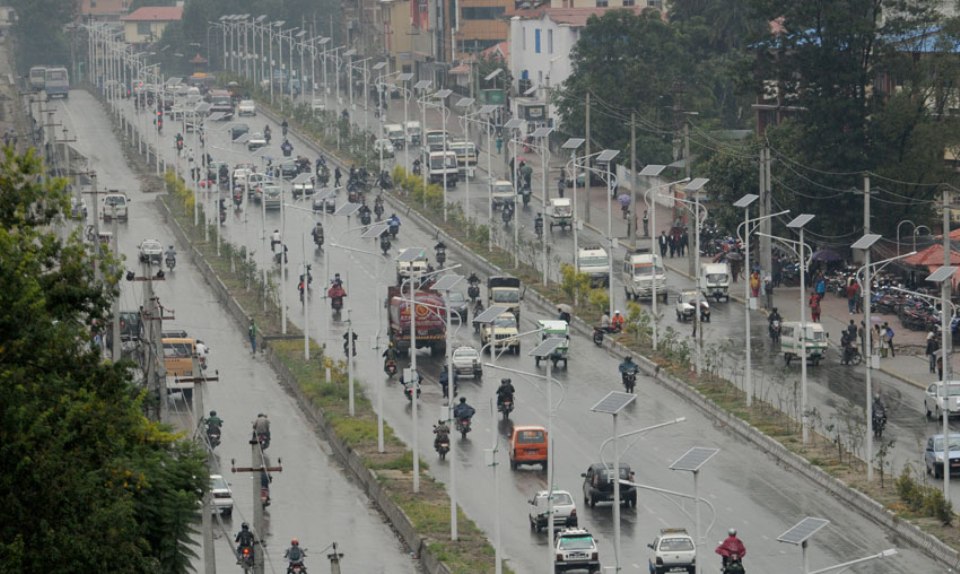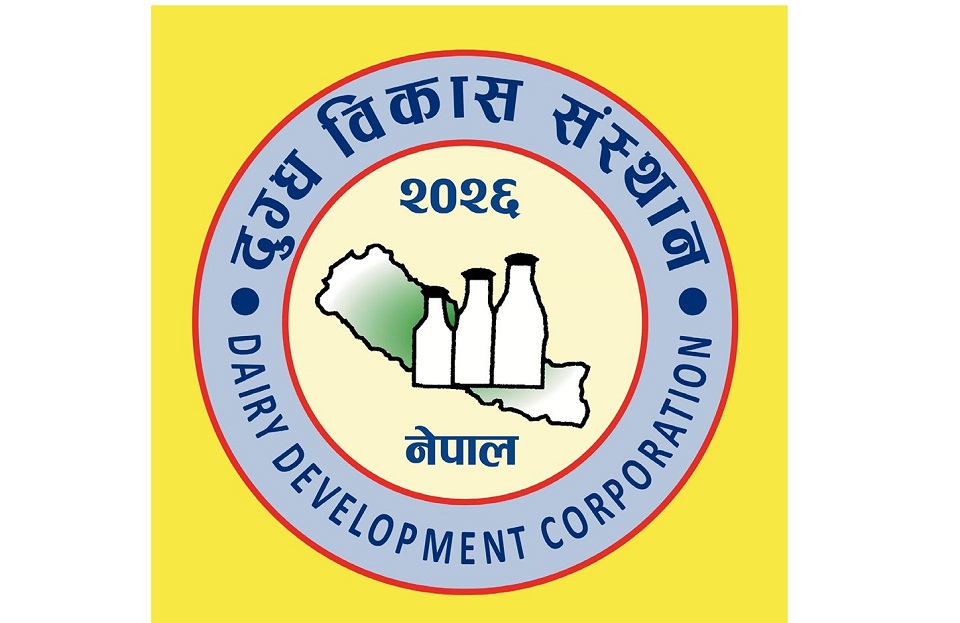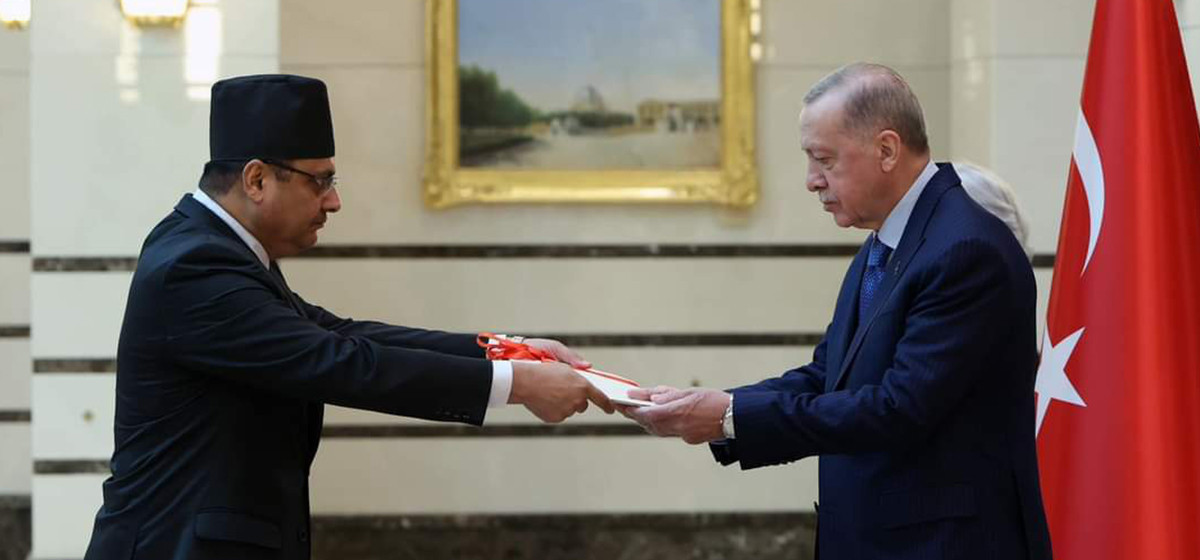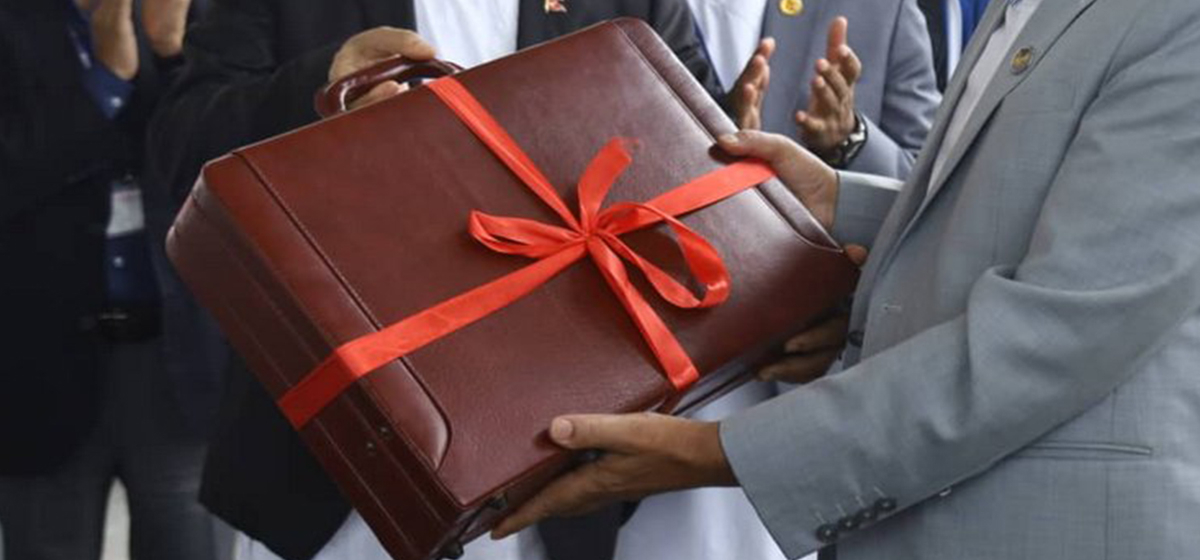
OR
Opinion
Dysfunctional Street Lights in Kathmandu
Published On: February 9, 2023 09:30 AM NPT By: Sabin Chand

There are many cases of accidents highly influenced by poor visibility resulting in a collision of vehicles with other vehicles, stray animals, early morning joggers, pedestrians crossing the road, and homeless people napping on the side of the road.
Introduction
As dusk approaches, most of the vehicles running in Kathmandu Metropolitan City (KMC) have to totally rely on their own source of light, as the street lights are non-operational in many parts of the city. This may look to be as simple as it appears, but the lack of street lighting poses a threat to the prevailing traffic conditions at night because it obscures the driver's vision and thus summons traffic hazards by increasing the risk of road accidents and reducing road safety.
Consequences of dysfunctional street lights
Facts state that the rate of accidents occurring during nighttime is higher than during the daytime, one of the reasons being poor visibility, resulting from defective street lights. A foggy weather condition is another instance where poor visibility prevails. Poor visibility not only barricades the view of the drivers, but also restricts them from sensing the ambient potential hazards. As such, it doesn’t help the drivers to prevent savable accidents.
There are many cases of accidents highly influenced by poor visibility resulting in a collision of vehicles with other vehicles, stray animals, early morning joggers, pedestrians crossing the road, and homeless people napping on the side of the road. Had there been street lights installed, these accidents would have been prevented.
A few months back in November 2022, a pedestrian named Rambabu Kusuwa aged 44 years died in a motorcycle collision near Thapathali, Kathmandu, early in the morning. The accident took place on the Tripureshwor-Thapathali road which is devoid of proper street lights.
Like poor visibility, poor lighting also increases the likelihood of hit-and-run cases. Poor lighting makes it easier for hit-and-run drivers to escape undetected, leading to more accidents.
Two years back in January 2021, a van fled away after hitting Bidur Bahadur, aged 60 years, at Halchowk, Kathmandu, which was hard to track even via the CCTV footage due to the foggy weather. The traffic policemen emphasized the lack of brightness of street lights that impeded them from clearly reading the number plate of the vehicle. Although the vehicle was caught later, the case highlights the promotion of hit and run cases that became possible due to poor lighting.
Importance of street lights
A vehicle possesses a risk if it relies on its sole headlight while driving at night. Street lights, which shouldn’t be confused with traffic lights, are an important component of road transportation to aid road safety. Streetlights are important to both drivers and other road users. Particularly for drivers, street lights provide proper visibility, which helps to ease driving stress, and supplements comfort. Additionally, street lights enhance smooth traffic flow during the evening peak hours.
Other road users, like pedestrians, get benefited equally, especially in terms of safety and reduced crime rate. Street lights help to guide pedestrians, avoiding them from haphazardly crossing the road. The presence of lighting can also act as a deterrent to criminal activities, as there will be a sense of security, thereby promoting the overall safety of the surrounding areas. A lot of females opting to work in big cities like Kathmandu feel uncomfortable and unsafe while returning from their work late at night, especially due to the high risk of sexual violence. While street lighting alone may not suffice to overcome such misbehavior, it surely plays a vital role to degrade the motivation of the felon.
Apart from proving to be a safeguard against road accidents, street lights contribute to enhancing the aesthetic beauty of the city; the Suryabinayak-Koteshwor road is one such example. This in the long term may help to boost the tourism industry of the country.
Prevailing street lights condition
The street lights in Kathmandu metro are managed by KMC with the aid of the Nepal Electricity Authority (NEA). Recently, a memorandum of understanding was signed between the KMC and NEA to install smart street lights in the metro, with the KMC agreeing to bear 60 percent of the project cost and the remaining 40 percent by the NEA. However, it has not been fully implemented yet and the people of Kathmandu metro are facing problems traveling at night in various ways.
The current situation of street lighting in the Kathmandu metro may be succinctly categorized into three distinct categories: firstly, there are thoroughfares bereft of any street lighting. Secondly, there are instances of street lighting that are in a state of complete inactivity. Lastly, there are street lights that emit an illumination that is of a notably low intensity.
Important roads accumulating high traffic volumes like Tinkune to Koteshwor, Tinkune to Maitighar via New Baneshwor, and Tinkune to Sinamangal bear scarcity of street lights. Similarly, Gaushala to Maharajgunj via Chabahil and Gaushala to Raatopul routes are other important locations where street lights are either missing or have streetlights that disperse very less intensity of brightness. The Ring Road itself is not potentially equipped with ample street lights. The condition of inner roads is even worse in terms of street lights.
This demands the implementation of a fourth category of street lighting fixtures, which must exhibit a sufficient level of luminous intensity to effectively direct road users during periods of reduced visibility.
No street lights in zebra crossings and bridges
While zebra crossings are provided for the safety of pedestrians, the lack of street lights in such sections heightens the level of peril at night and in foggy weather. There are so many such hazardous zebra crossings on the roads of Kathmandu that are equivalent to death traps when vision is unclear.
Similarly, bridges like Thapathali Bridge, Setopul, Ratopul, Kalopul, and Chabahil Bridge face the same problem. The installation of street lighting on such bridges is imperative for enhancing the visibility of pedestrians and motorists during hours of darkness, thereby ensuring the safety of those traversing the bridge.
The actual victim
According to the WHO, approximately 1.3 million people die each year as a result of road traffic crashes and out of that more than 50 percent of deaths are among vulnerable road users: pedestrians, cyclists, and motorcyclists.
Particularly in the Kathmandu metro, pedestrians and cyclists are the primary victims of inadequate street lighting. They must wholly depend upon the torch light of their mobile devices to navigate safely, leading to numerous instances of slips and falls in the absence of clear vision. The presence of indiscriminately discarded debris and materials on roadways and sidewalks exacerbates these difficulties, yet proper street lighting could significantly enhance the safety and ease of navigation for these populations.
In a similar manner, cyclists, who are of a smaller stature compared to motorcyclists, often lack headlights on their vehicles. This has led to countless accidents caused by the presence of uncovered manholes and pits on the roadways. Should street lights be installed, cyclists will be relieved to ride with full confidence.
Needless to say, these victims meet with critical road accidents too as a result of dysfunctional street lights.
You May Like This

One injured in motorcycle accident in Chabahil
KATHMANDU, Nov 23: One person was seriously injured in a motorcycle accident in Chabahil, Kathmandu this morning. ... Read More...

29 passengers injured in bus accident
TRIVENI (NAWALPARASI), Aug 22: Twenty-nine passengers were injured in a bus accident that occurred at Binay Triveni of Nawalpur along... Read More...

Mother and son die after falling off a cliff
DHADING, May 30: A woman and her son died after falling off a cliff in Dhading. Police have identified the... Read More...





Just In
- DDC pays Rs 480 million dues to farmers
- Police arrest seven Indian nationals with 1.5 kg gold and Rs 14.3 million cash
- Gold price increases by Rs 1,400 today
- Kathmandu continues to top the chart of world’s most polluted city
- JSP Central Executive Committee meeting today
- Ambassador Adhikari presents his letter of credentials to Turkish President Erdoğan
- Bajhang by-election: Construction of Taklakot Road is common election agenda of candidates
- Meeting of Finance Committee being held today to discuss 2025/25 budget














Leave A Comment